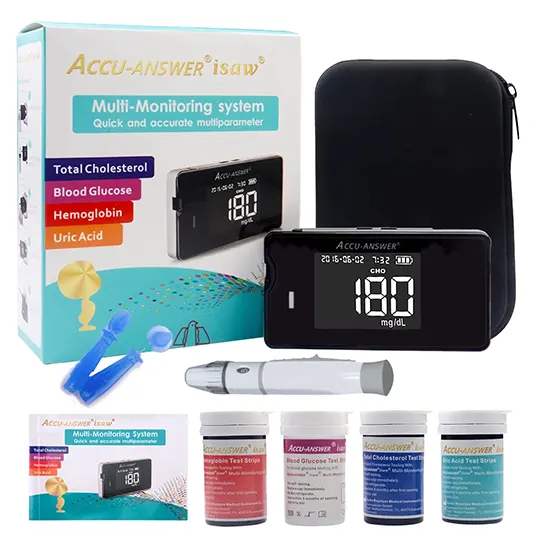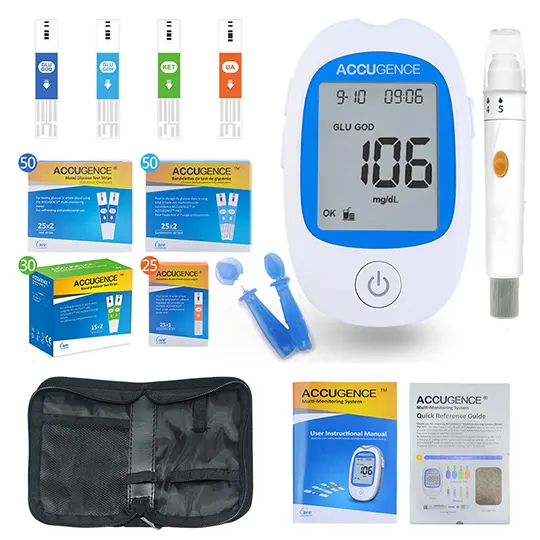Dosing and uses of Tanzeum (albiglutide)
Adult dosage forms and strengths
lyophilized powder for reconstitution
- 30mg/pen
- 50mg/pen
- Available as a single-use injectable pen
Diabetes Mellitus, Type 2
Glucagonlike peptide-1 (GLP-1) receptor agonist indicated as an adjunct to diet and exercise to improve glycemic control in adults with type 2 diabetes mellitus
30 mg SC once weekly; may increase to 50 mg once weekly if glycemic response is inadequate
Limitations of Use
Not recommended as first-line therapy for patients inadequately controlled on diet and exercise; prescribe albiglutide only to patients for whom potential benefits are considered to outweigh potential risks
Has not been studied in patients with a history of pancreatitis; consider other antidiabetic therapies in patients with a history of pancreatitis
Not for treatment of type 1 diabetes mellitus or diabetic ketoacidosis
Not for patients with pre-existing severe gastrointestinal disease
Has not been studied in combination with prandial insulin
Dosage modifications
Renal impairment (any severity): No dosage adjustment required
Pediatric dosage forms and strengths
Safety and efficacy not established
Tanzeum (albiglutide) adverse (side) effects
>10%
Upper respiratory tract infection (13%)
Diarrhea (10.5%)
1-10%
Nausea (9.6%)
Injection site reaction (2.1%)
Warnings
Black box warnings
Risk of thyroid C-cell tumors
- Causes thyroid C-cell tumors in rodents; human risk could not be determined
- Contraindicated in patients with personal or family history of medullary thyroid carcinoma (MTC) or in patients with multiple endocrine neoplasia syndrome type 2 (MEN-2)
- Routine monitoring of serum calcitonin or using thyroid ultrasound monitoring is of uncertain value for early detection of MTC in patients treated with albiglutide
Contraindications
Hypersensitivity
Personal or family history of medullary thyroid carcinoma
Multiple endocrine neoplasia type 2 (MEN-2)
Cautions
Carcinogenicity of albiglutide could not be assessed in rodents due to rapid development of drug-clearing, anti-drug antibodies; other GLP-1 receptor agonists have caused dose-related and treatment-duration-dependent thyroid C-cell tumors (adenomas or carcinomas) in rodents; human relevance of GLP-1 receptor agonist induced C-cell tumors in rodents not determined; cases of MTC in patients treated with liraglutide, another GLP-1 receptor agonist, reported in postmarketing period; data in these reports are insufficient to establish or exclude causal relationship between MTC and GLP-1 receptor agonist use in humans (see Black box warnings and Contraindications); routine serum calcitonin or thyroid ultrasound monitoring is of uncertain value for early detection of MTC in patients treated with albiglutide; significantly elevated serum calcitonin may indicate MTC; patients with MTC usually have values >50 ng/L; if serum calcitonin is measured and found to be elevated, evaluate patient further; patients with thyroid nodules noted on physical examination or neck imaging should also be further evaluated
Acute pancreatitis reported (rare); discontinue if pancreatitis suspected and do not restart if confirmed; consider other antidiabetic therapies in patients with a history of pancreatitis
Hypoglycemia may occur when used in combination with insulin secretagogues (eg, sulfonylureas) or insulin; consider lowering sulfonylurea or insulin dosage when starting albiglutide
Serious hypersensitivity reactions reported, including pruritus, rash, and dyspnea; discontinue albiglutide if such reactions occur
Acute renal failure and worsening of chronic renal failure (some requiring hemodialysis) reported with treatment with GLP-1 receptor agonists; monitor renal function in patients with renal impairment reporting severe adverse gastrointestinal reactions
Clinical trials have not established conclusive evidence of macrovascular risk reduction with albiglutide or any other antidiabetic drug
Pregnancy and lactation
Pregnancy category: C
Because of the long washout period for albiglutide, consider discontinuing at least 1 month before a planned pregnancy
Lactation: Unknown if distributed in human breast milk; a decision should be made whether to discontinue breastfeeding or to discontinue albiglutide, taking into account the importance of the drug to the mother and the potential risks to the infant
Since albiglutide is an albumin-based protein, it should be assumed that it is present in human milk; decreased body weight in offspring was observed in mice treated with albiglutide during gestation and lactation
Pregnancy categories
A: Generally acceptable. Controlled studies in pregnant women show no evidence of fetal risk.
B: May be acceptable. Either animal studies show no risk but human studies not available or animal studies showed minor risks and human studies done and showed no risk.
C: Use with caution if benefits outweigh risks. Animal studies show risk and human studies not available or neither animal nor human studies done.
D: Use in LIFE-THREATENING emergencies when no safer drug available. Positive evidence of human fetal risk.
X: Do not use in pregnancy. Risks involved outweigh potential benefits. Safer alternatives exist.
NA: Information not available.
Pharmacology of Tanzeum (albiglutide)
Mechanism of action
Incretin mimetic; analogue of human glucagonlike peptide-1 (GLP-1); acts as GLP-1 receptor agonist to augment glucose-dependent insulin secretion
Absorption
Peak plasma time: 3-5 days
Peak plasma concentration: 1.74 mcg/mL
AUC: 465 mcg•h/mL
Steady-state concentration: 4-5 weeks
Distribution
Vd: 11 L
Protein bound: Not assessed
Metabolism
Biotransformation studies have not been performed
Likely follows a metabolic pathway similar to native human serum albumin, which is catabolized primarily in the vascular endothelium
Elimination
Half-life: 5 days
Administration
SC Preparation
Reconstitution of lyophilized powder
- To mix the diluent with the lyophilized powder, twist the clear cartridge on the pen in the direction of the arrow until the pen is felt/heard to “click” into place and the [2] is seen in the number window
- Slowly and gently rock the pen side to side 5 times to mix the reconstituted solution
- Advise the patient to not shake the pen hard to avoid foaming
- Wait 15 minutes for the 30-mg pen and 30 minutes for the 50-mg pen to ensure the reconstituted solution is mixed
Preparing pen for injection
- After the reconstituted solution rests, slowly and gently rock the pen side to side 5 additional times to mix the reconstituted solution
- Visually inspect the reconstituted solution in the viewing window for particulates
- The reconstituted solution is yellow
- After reconstitution, use within 8 hr
- Holding the pen upright, attach the needle to the pen; gently tap the clear cartridge to bring large bubbles to the top
SC Administration
Administer SC in abdomen, thigh, or upper arm
May be administered any time of day without regard to meals
Administer SC once weekly on the same day each week
The day of weekly administration may be changed as long as the last dose was administered ≥4 days before
Missed dose
- If a dose is missed, administer as soon as possible within 3 days after the missed dose; thereafter, patients can resume dosing on their usual day of administration
- If >3 days after the missed dose, instruct patients to wait until their next regularly scheduled weekly dose
Self-administration
- Use immediately after the needle is attached and primed
- The product can clog the needle if allowed to dry in the primed needle
- After inserting the needle SC into the skin in the abdomen, thigh, or upper arm region, press the injection button and HOLD the injection button until you hear a “click” and then hold the button for 5 additional seconds to deliver the full dose



